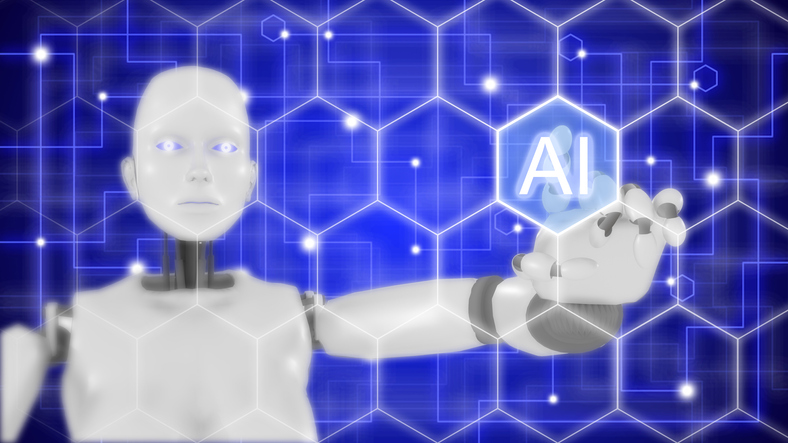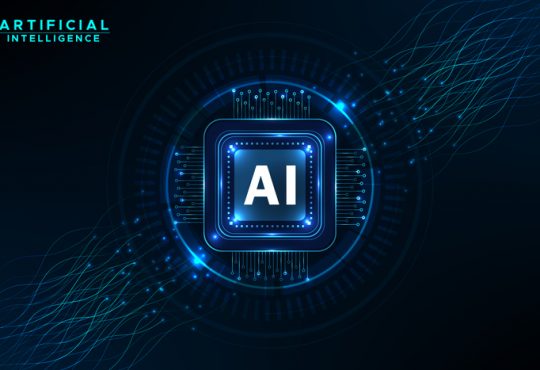
By Prateek Sethi
Artificial intelligence (AI) has emerged as a significant force in the modern landscape, transforming businesses and changing the way humans live. It has an incredible power to stimulate creativity in humans, kindling their imaginations and offering new possibilities. In its vicinity, AI catalyses innovative thinking, challenging the human mind’s customary restrictions and preconceptions. AI promotes divergent thinking, a critical psychological component of creativity, by offering facts, patterns, correlations, and ideas that are not immediately apparent. Individuals who can think in non-linear, multidimensional styles are more likely to explore beyond their regular cognitive biases and perspectives, which fosters inventive thinking and problem-solving skills.
Ways by which AI catalyses Human Creativity
Here’s a look at some of how AI helps enhance human creativity:
Identification of Patterns
AI can detect patterns in vast datasets, allowing people to generate new theories that might have been overlooked. It can also provide more useful material than just facts and figures. Self-learning algorithms can write entire novels, speak to humans in computer-generated voices, and even compose evocative music.
Analysis of Information
AI can automatically analyse large amounts of information accumulated from different sources by sorting, grouping and prioritising. It may also generate knowledge graphs and assist humans in identifying relationships between seemingly unrelated data sets. These might be used in medication research to discover interactions between multiple medicines, create novel therapeutics and reduce adverse effects.
Promotion of Experimentation
AI can even guide experimentation by anticipating trial outcomes based on current data and rejecting those considered unpromising. For instance, Rolls-Royce employed a neural network to create a new superalloy with the best cost, density, strength, oxidation resistance, and fatigue life.
Application of AI
Below are some practical methods by which AI may be used in diverse circumstances to drive human creativity and help them develop innovative solutions:
Daily Life Activities
- Depending on their tastes, people can try new dishes or meal combinations recommended by AI. For example, ChatGPT has a cooking assistant that helps identify ingredients, brainstorms meals based on what’s in the fridge and recognises recipes from submitted food images.
- People may use artificial intelligence to discover innovative investing methods and financial management solutions.
- AI may also offer unique travel destinations and activities based on individuals’ preferences.
Art and Design
- AI tools may recommend new colour schemes, layouts, and styles, stretching people’s creative limits. For example, Adobe Sensei is transforming how individuals design by using AI to alter pictures, videos, and other media.
- People may use AI-generated harmonies and tunes to create exclusive musical pieces.
- Humans can use artificial intelligence to overcome writer’s block by offering innovative writing prompts or fresh tale ideas. Open AI’s ChatGPT, for instance, provides strong artificial intelligence writing assistance.
Professional Projects
- Humans can utilise AI to analyse patterns and customer behaviour, resulting in innovative advertising campaigns.
- People may utilise AI to generate novel product characteristics and designs. For illustration, Autodesk’s Generative Design Solutions leverages AI to help the whole product development process, ranging from generating ideas to prototypes.
- AI can be used for brainstorming sessions and initiatives, bringing a new perspective to corporate prospects and difficulties.
Embracing Future
The future of AI and human creativity appears to revolve around conjunction rather than competition. AI can provide significant insights, produce new ideas, and automate monotonous chores, allowing people to focus their creative talents on more profound elements of their job.
However, it is imperative to remember that AI isn’t intended to replace human creativity. It’s a tool that complements and enhances humans’ strengths. AI can never imitate the human touch, emotions, and subjective experiences that can make creation unique. Instead, AI should be viewed as a collaborator, an ally who allows people to achieve new levels of inventiveness and imagination. Furthermore, embracing AI as a creative collaborator enables humans to realise their full potential and empower their boundless creativity. With AI as a muse, the future of creativity remains boundless.
(The author is Prateek Sethi, founder of TRIP, and the views expressed in this article are his own)








